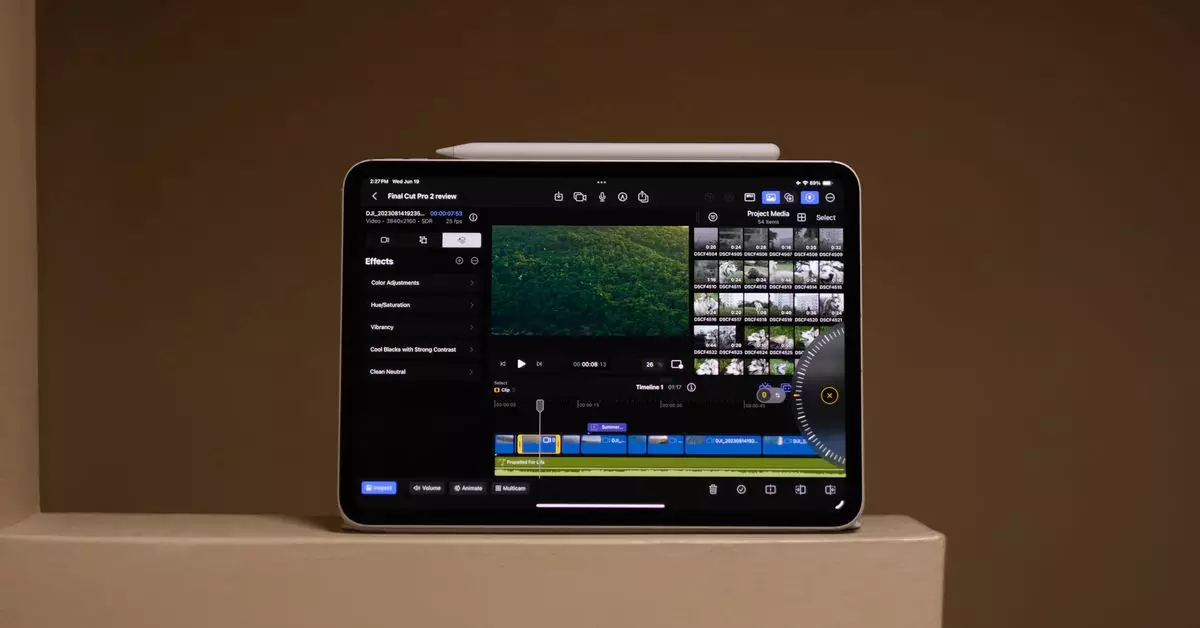After spending the past two weeks exploring the latest version of Final Cut Pro designed for the iPad, I have mixed feelings about the app. As someone with over a decade of experience in the field of video production and photography, I was eager to see if the new features of Final Cut Pro for iPad 2 would address the limitations that I had encountered with the previous version.
One of the most talked-about features of the new version is the integration of Final Cut Camera, a standalone app for the iPhone that offers advanced camera controls. This integration allows for Live Multicam sessions, where footage can be streamed in from up to four iPhones or iPads. While this feature opens up new possibilities for content creators, I found myself wishing for live editing capabilities to streamline the post-production process.
Another much-needed upgrade in the new release is the support for external hard drives. This addition is crucial for professionals who work with large media files and need to efficiently manage their storage. However, the overall file management system in Final Cut Pro for iPad still leaves much to be desired. The requirement to store all media files within the FCP Library files limits flexibility and leads to unnecessary duplication of files.
A unique feature of the iPad version of Final Cut Pro is Live Drawings, which allows users to draw animations directly onto their clips using an Apple Pencil. While this feature showcases the creative potential of the app, I found myself wishing for more functionality with the Apple Pencil, such as the ability to program custom actions for editing tasks.
Despite the improvements in the new release, Final Cut Pro for iPad still lacks essential video editing features that are found in other competitive apps. The absence of compound clips, folders, adjustment layers, and other advanced tools leaves users feeling constrained by the software’s limitations. With emerging alternatives like CapCut, DaVinci, and Lumafusion gaining popularity in the mobile editing space, Apple must address these missing features to maintain its position in the market.
Apple markets Final Cut Pro for iPad as a “touch-first” app, emphasizing the tactile interaction with the interface. While the app’s touch controls and gestures offer a unique editing experience, they may not be as efficient as traditional mouse and keyboard inputs. However, once users adapt to the touch-first approach and familiarize themselves with the app’s limitations, they can enjoy a more immersive editing experience that sets Final Cut Pro apart from its competitors.
The new features of Final Cut Pro for iPad 2 offer exciting possibilities for mobile video editing but still fall short in addressing fundamental limitations. While the integration of Final Cut Camera and support for external hard drives are welcome upgrades, the app’s file management system and missing editing features remain significant drawbacks. As the competition in mobile editing apps grows, Apple must prioritize addressing these shortcomings to fulfill its vision of a truly capable and touch-first Final Cut Pro experience.


Leave a Reply